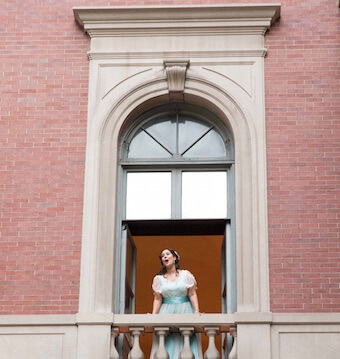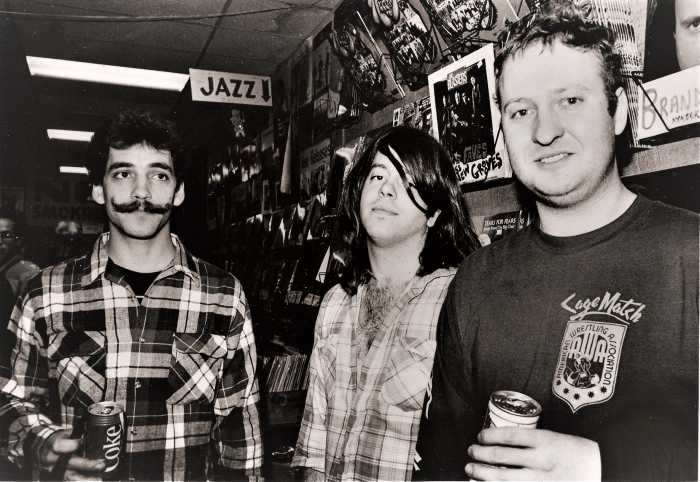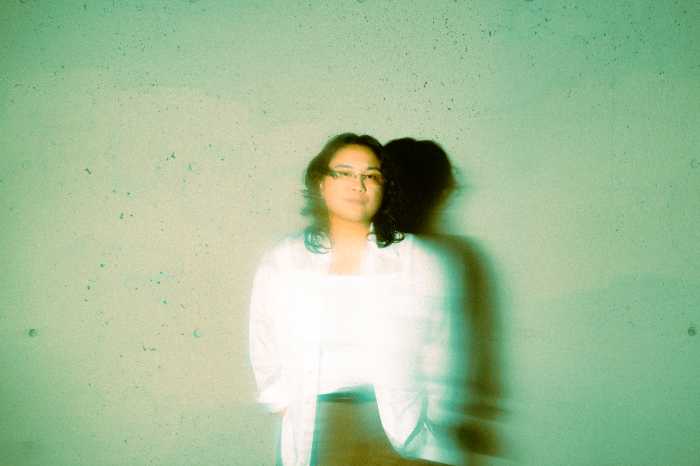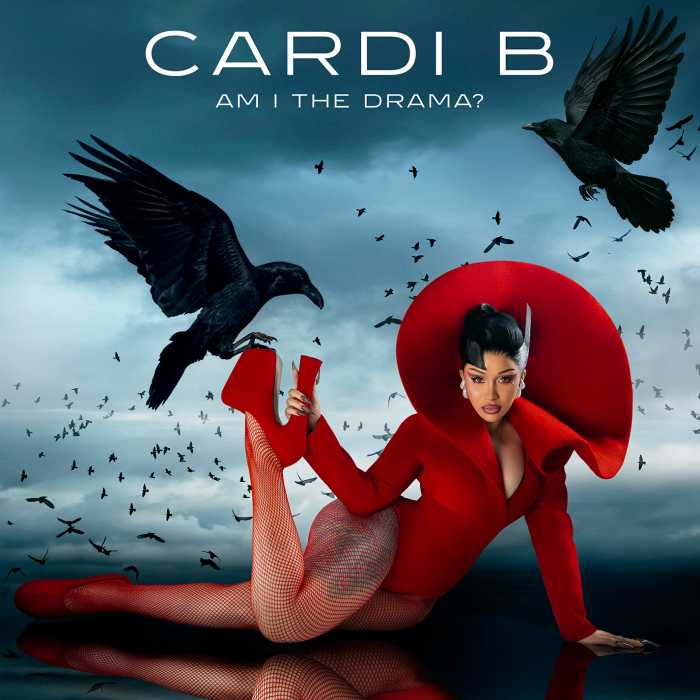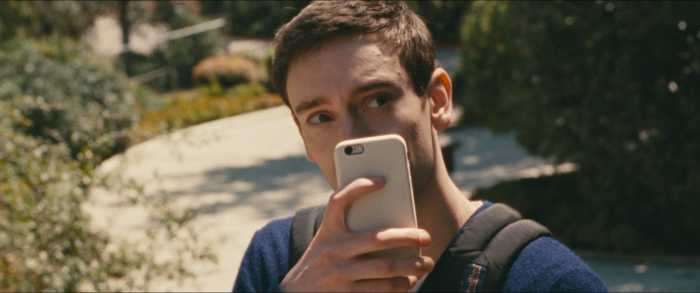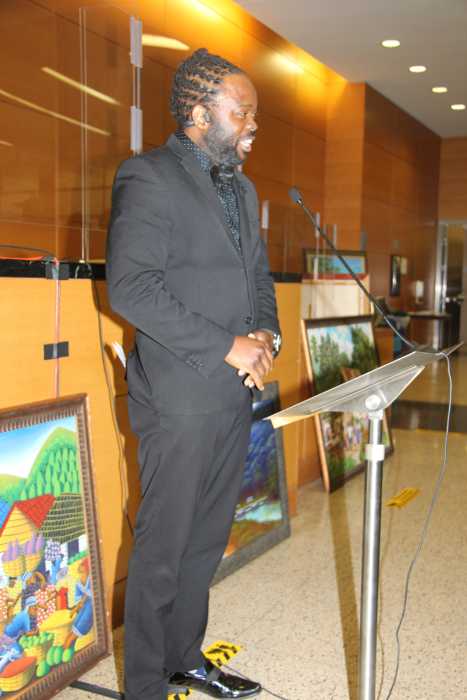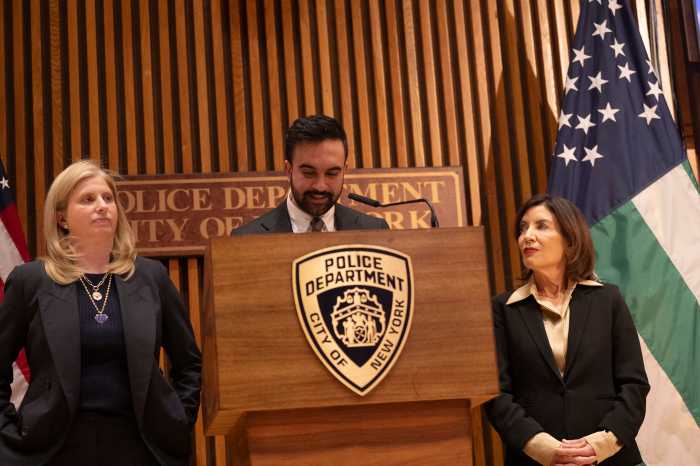Pierre-Augustin Caron de Beaumarchais’ trilogy of “Figaro” plays (“Le Barbier de Séville”, “Le Mariage de Figaro” and “La Mère coupable”) has inspired opera composers for more than three centuries. The Metropolitan Opera programmed Rossini’s “Il Barbiere di Siviglia” (1816) and Mozart’s “Le Nozze di Figaro” (1786) last season, and both will return in revival this season. John Corigliano’s 1991 “The Ghosts of Versailles” used characters from the less successful third play “La Mère coupable” (“The Guilty Mother”) in a freewheeling original story with supernatural and fantastical elements. In the 1990s, the Met programmed Corigliano’s “Ghosts” in tandem with the Rossini and Mozart “Figaro” operas to create a Beaumarchais cycle. Yet the three operas seemed only connected in theme: the musical style, tone, and content reflected three different centuries and nationalities. The recurring characters changed markedly in vocal register and musical style from opera to opera.
This summer, two small local opera companies –– On Site Opera and the dell’Arte Opera Ensemble –– initiated their own Beaumarchais cycles. Both presented the once popular Giovanni Paisiello adaptation of “Il Barbiere di Siviglia” which premiered in St. Petersburg in 1782. In June, Paisiello’s “Barbiere” initiated On Site Opera’s three-year “Figaro Cycle” that will present the North American premiere of Marcos Portugal’s “Le Nozze di Figaro” in 2016, followed by the US premiere of Darius Milhaud’s “La Mère coupable” in 2017. In August, the dell’Arte “Beaumarchais Trilogy” alternated the Paisiello “Barbiere” in repertory with Mozart’s “Le Nozze di Figaro” and the New York premiere of Hiram Titus’ “Rosina” (1980).
Paisiello’s “Barbiere” was once so popular that offended opera lovers booed Rossini’s presumptuous new adaptation on its first night in Rome in 1816 –– yet within 20 years Rossini’s “Barber” drove Paisiello’s off the stage. Both “Barbers” display elegant craftsmanship –– but only one has the mark of genius. Whereas the Rossini sparkles with musical invention and comedic wit from the first note to the last, the Paisiello is gentle and lyrical in a conventional 18th century opera buffa manner. The two librettos follow one another closely, yet in each parallel situation Rossini comes up with a show stopper, Paisiello a pleasant also-ran. Giuseppe Petrosellini’s libretto for Paisiello’s “Barbiere” puts a greater emphasis on the love story and less on the comic qualities.
Local opera companies present variety of works based on de Beaumarchais’ trilogy of plays
Paisiello’s opera does pair up much better with Mozart’s contemporaneous “Le Nozze di Figaro” –– the orchestral writing is simpler but in the same style. Paisiello’s Rosina is a gentle lyric coloratura soprano given to melancholy cantabile arias, such as when comparing herself to a bird in a cage. One can more easily imagine this Rosina evolving into Mozart’s regal, wounded Countess than into Rossini’s peppery, wily coloratura mezzo. What the Paisiello reveals to us is the standard Italian comic opera style of the late 18th century: a foundation that both Mozart and Rossini drew from but that each transcended with their individual musical genius.
On Site Opera specializes in site-specific staging (a good way to save on scenery!). The century-old Italian Renaissance revival-style Fabbri Mansion on the Upper East Side stood in for Don Bartolo’s townhouse, with the outdoor courtyard used in the first scene where Almaviva serenades Rosina in disguise. The action then moved indoors to the library for the duration. Artistic director Eric Einhorn’s production updated the period to the early 20th century to match the surroundings, and his staging was vivacious and precise.
Dell’Arte Opera Ensemble presented their “Barber” at the Rose Nagelberg Theatre at the Baruch Performing Arts Center, a black box basement space. A unit set consisting of a small platform stage framed by translucent curtains, suggesting the interior of a house, served all three operas. Screens, tables, and chairs were rearranged to suggest different rooms. Emilie Rault’s direction was hampered by a lack of the necessary doors in what is basically a bedroom farce without a bedroom (this made Rosina’s imprisoned state rather implausible).
Candida K. Nichols’ costume designs for the On Site production were elegant and precisely indicated class distinctions, while Carly Bradt’s for dell’Arte were a perplexing mish-mosh of “Star Trek,” Bollywood, and ‘80s disco glam. Dell’Arte utilized a typically superb chamber reduction of Paisiello’s score by their artistic director, Chris Fecteau, for a dozen or so players (the highly competent Metamorphosis Chamber Opera), while On Site used a smaller consort of eight players. However, where On Site’s music director Geoffrey McDonald proved a true opera conductor shaping and underlining the music for comedic effect, dell’Arte conductor Daniela Candillari played the score as abstract classical chamber music, failing to stress tempo changes or underscore action.
Both Rosinas were exquisite: On Site’s Monica Yunus radiated a sunny optimism that contrasted with her cool silvery soprano, and dell’Arte’s Alessandra Altieri revealed a ruby-toned, jewel-like timbre, an elegant trill, and aristocratic phrasing. David Blalock’s Almaviva in the On Site production was poised and unflappable with a firm, ringing tenor, while Jonathan Morales at dell’Arte sounded more romantic and Italianate, even if more callow. On Site’s lower-voiced comedians were all superior to their counterparts downtown: Andrew Wilkowske’s Figaro radiated enthusiasm (though his character disappears in the second act) and Rod Nelman’s choleric Bartolo was vocally forceful –– almost a Verdi villain! Paisiello’s characters don’t play themselves like Rossini’s do and require creative singing comedians who can sell the Italian text and play rhythmically with the music.
“Rosina” composed by the late Hiram Titus to a libretto by Barbara Field premiered at Minnesota Opera in 1980 and had its New York premiere at dell’Arte in August. Titus’ “Rosina”, like the Corigliano “Ghosts,” Massenet’s “Chérubin,” and Saverio Mercandante’s “I Due Figaro” (premiered locally by Amore Opera in tandem with the two usual suspects as part of their “Fall Figaro Fest” in 2011) has a libretto based on Beaumarchais’ characters but not his plays.
Field’s original story has more in common with women’s lib dramas from the 1970s like “An Unmarried Woman” than it does with sexual and social mores of the 1770s. Her Rosina dumps the philandering Count for an all-grown-up lyric tenor Cherubino, who has deserted the army. They flee to Madrid and live in happy poverty in a garret with their newborn infant love child, while Cherubino struggles to make a living as a painter. Who should turn up at their doorstep but the Count in disguise with his teenage mistress Amparo? (Figaro and Susanna have emigrated to the Americas and are not responsible for any of this.) Complications ensue involving a horny hirsute landlady, a shady art dealer, and a valuable ring that the Count gave Rosina as a wedding present. After various comic shenanigans, Rosina decides to go back to Seville with her husband –– but not as his wife but an independent woman raising another man’s child under his roof (not a likely scenario in male-dominated 18th century Spain). Cherubino consoles himself with Amparo as his new model-mistress.
Titus’ music is well-crafted and pleasant, with pastiche 18th century flourishes overlaid over old-fashioned 20th century American tonality –– Carlisle Floyd goes for baroque. The vocal writing is full of pretty ariosos that go nowhere and ensembles that fall flat, with miles of chatty recitative in between –– after a while it all sounds the same. The creators’ artistic allusions to Richard Strauss’ “Der Rosenkavalier” and his Marschallin seemed to be more wishful thinking than operatic achievement.
The only notable voice in the cast belonged to Milica Nikcevic’s alto landlady Pilar. In the title role, Kathryn Papa’s warm sympathetic soprano lacked steady tone and even support. Christopher Lilley’s Cherubino had dramatic spark and communication (he has done musical theater), and Elizabeth Bouk’s Amparo was a good time girl with a sense of humor about herself.
Fecteau expertly conducted his own chamber version of the score and Erin Cressy’s production made virtues of necessity stressing intimacy and small details. Titus’ “Rosina” has a better chance of future life in student and amateur productions than in regional opera houses. Fecteau has done the late composer a service by making a more practical reduced version of the score available, facilitating such productions.
Figaro truly was everywhere this summer, with more to come next year. Make way for the factotum of New York City!

